For most people, when asked where they would like to be cared for and to spend their last days, their wish is to be at ‘home’. Home means so much more than just the physical structure you live in; it’s a place of emotional support, safety, shelter. A place to retreat to at the end of the day and somewhere to take shelter from the world when you are unwell.
It is estimated that at least 150 million people across the world do not have a place to call home. Instead, they live their lives on the streets, or staying in insecure or temporary accommodation. These environments are often ill equipped to support someone whose health is deteriorating.
For people experiencing homelessness who are in need of support for cancer or other life-limiting illnesses, there can be many barriers to care. These barriers can be systemic and due to inflexible and fragmented health systems that are difficult to navigate. Add to this individual vulnerabilities, such as complex trauma, mental ill health or addiction issues, and you have layers of multiple disadvantage emerging.
These experiences demonstrate Hart’s inverse care law;
those most in need of support have the most difficulty accessing care (Hart, 1971).
Sadly, this results in high rates of multi-morbidity and early mortality, with research finding that people affected by homelessness often die 30 years younger than people who are housed. These deaths are commonly as a result of treatable medical conditions, and happen in unacceptable situations with very little support. Palliative care is unsurprisingly very unusual.
Credit: eHospice UK


